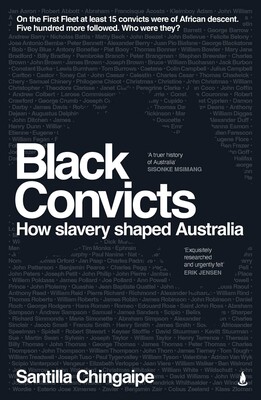Australian Peacekeeping: Sixty years in the field
Cambridge University Press, $49.95 pb, 333 pp
Planning for peace
The recent, sometimes heated, debate among policy experts and commentators about Australia’s Defence White Paper has helped give focus to a curious paradox: that for the last two decades or so, since the release of the Defence of Australia White Paper in 1987, there has been a profound disconnection between defence planning and procurement and the actual operations conducted by the Australian Defence Force (ADF). With its focus on major new spending commitments on submarines, frigates and the Joint Strike Fighter in the midst of ongoing operations in Afghanistan, Timor-Leste and the Solomon Islands – which require none of these big-ticket items but which have, at times, stretched the ADF’s deployable capacity – the present White Paper risks falling into the same trap.
This excellent new volume, a product of the Australian War Memorial’s major research project on the history of Australian peacekeeping, provides a stirring corrective to this enduring paradox. Peacekeeping, its editors argue and contributors demonstrate, is a distinctive military activity that requires special skills, resources and equipment. It is always complex, and sometimes highly dangerous.
Continue reading for only $10 per month. Subscribe and gain full access to Australian Book Review. Already a subscriber? Sign in. If you need assistance, feel free to contact us.













Leave a comment
If you are an ABR subscriber, you will need to sign in to post a comment.
If you have forgotten your sign in details, or if you receive an error message when trying to submit your comment, please email your comment (and the name of the article to which it relates) to ABR Comments. We will review your comment and, subject to approval, we will post it under your name.
Please note that all comments must be approved by ABR and comply with our Terms & Conditions.